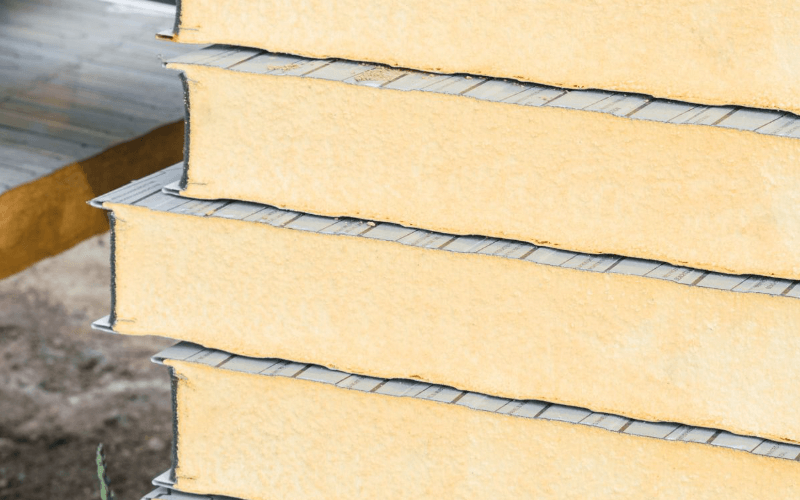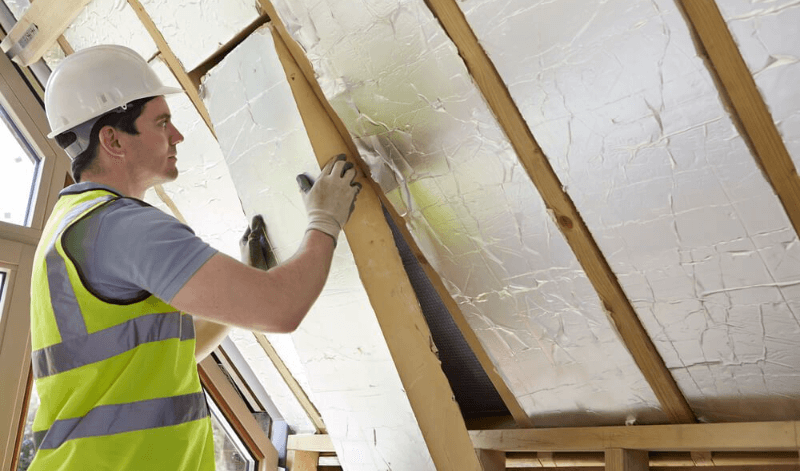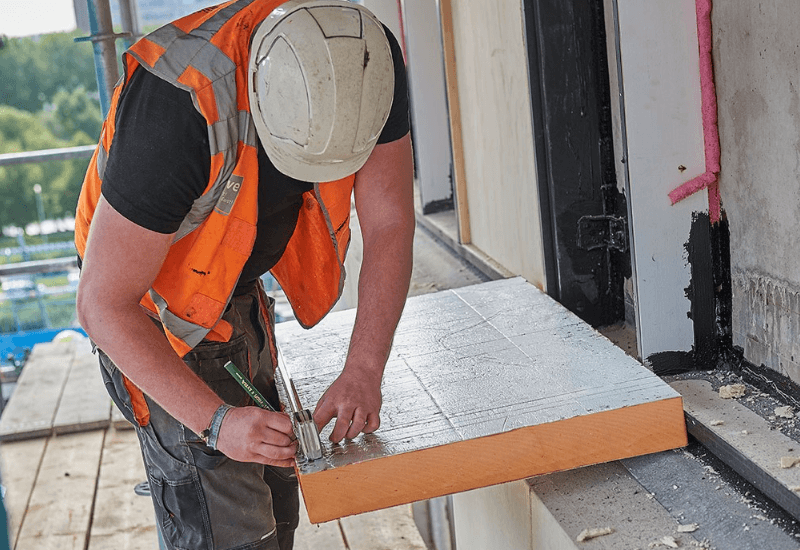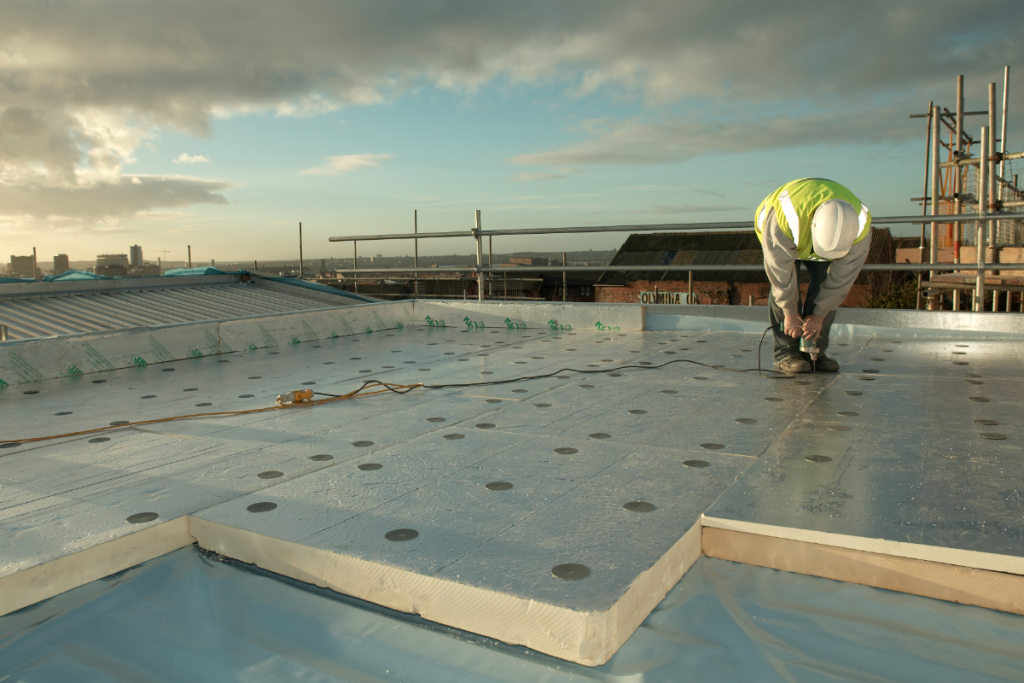Energy efficiency has become something we hear about on an almost daily basis. But it’s not just some catchphrase that’s being thrown around pointlessly. There’s a reason why it’s become such a crucial part of our lives and this world we all live in.
The increased energy efficiency leads to a reduction of energy waste as well as greenhouse gas emissions, while at the same time lowering a residential or commercial property’s utility bills. One easy way to achieve all this is by choosing to insulate the property with convenient PIR insulation boards. The bonus benefit? You get to have a boost in the comfort too!
What Is PIR Insulation?
PIR, short for polyisocyanurate, is a type of thermoset plastic made into boards produced by a process involving liquid polyols and methylene diphenyl diisocyanate (MDI) bonded by blowing agents to create foam insulation. Unlike traditional insulating materials, this advanced product is made into a closed cell to create a condensed structure that has incredible insulating properties due to the limitation of air and heat circulation between the cells.
The gas that’s trapped between each of the cells is the reason behind the successful cooler temperatures in summer and warmer temperatures in winter in the buildings. Easy to cut into a desired size, the polyisocyanurate boards are also easy to install and are a much better alternative for energy efficiency if we consider they’re made for use throughout the whole building, including walls, floors, and roofs.
This is possible due to the range of thicknesses they’re available in, as thin as 20mm to 70mm PIR insulation boards to the thicker 100mm, 110mm, 120mm, and 150mm as the more standard. The choice of the specific board can differ from the type of surface it’s added to, the type of project you need it for, and the energy efficiency level you’re after. These boards also differ in design, as some are rigid (i.e. solid) fit for general use, whereas others are more specific.
Out of these, we have foil faced for cavities of external walls, PIR-bonded plasterboards for internal wall insulation, and PIR-insulated plywood for flat roof insulation. You can find these as thin as 20mm to 70mm boards, and as thick as 200mm and more from top manufacturers like Kingspan, Xtratherm, Celotex, Ecotherm, Quinn, and Mannok.
Why Use PIR Insulation?
Simply because it’s known for its durability, insulating power, and benefits such as:
Maintaining a Healthy Indoor Environment
With its effective insulation thanks to the low thermal conductivity, and high R-value i.e. thermal resistance, it’s the perfect choice if you want to invest in something that makes your residential or commercial building healthier in terms of indoor air. Besides the chance to keep the rooms cool in summer and hot in winter, the polyisocyanurate boards can also be of help with preventing condensation responsible for bacterial and mould overgrowth.
Reducing the Energy Consumption
As it’s known for the prevention of heat loss and trapping air between the cells, the addition of PIR boards is essential in maintaining the optimal temperature inside under control without requiring much help from the additional cooling and heating sources. What this means is you won’t have to dread the power bills every month after you invest in this solution.
Thinner and Lightweight Design
Thanks to the high insulating value of polyisocyanurate, you need much less material to make a building energy efficient as opposed to relying on other options, like EPS (expanded polystyrene foam). Even when comparing boards of the same value, polyisocyanurate comes out thinner, so if you need to apply something, say, within the 50 to 70mm PIR insulation board range, it still wouldn’t take up too much space.
On the plus side, you also benefit in terms of weight as weighing 32 kg/m3 polyisocyanurate is a very lightweight material. As such, these boards are much easier to handle, move, customise and apply as opposed to alternatives that weigh considerably more as in the case of mineral wool.
Outstanding Properties
If you want to get the kind of insulation known for its incredible resistance properties, this is it. The durability it’s famous for guarantees a long lifespan that stems from the fact the boards are created to maintain their performance for years and years, counting on their non-absorbent nature.
They’re easy to apply and combine with various applications, they’ve got wind and water tightness, as well as resistance to humidity which is why they’re able to retain their insulating value throughout their lifespan. In terms of fire, they comply with the regulations and are a good choice for the little smoke generated. Still, since they are manufactured products, their fire values differ from brand to brand, from product to product.
More on the side of beneficial properties, applying a 70mm PIR board on the floor for example, or a 90mm board on the wall, can be beneficial for the soundproofing of the building too. Whether you live in a noisy neighbourhood or work in a noisy office, the addition of polyisocyanurate can prove to be the perfect solution for giving you some much-needed noise reduction.
How to Choose the Right Insulation Boards?
As established, there is a great range of products on the market, so the purchasing process may not be all too simple as you expect it to be. For that reason, you can make it hassle-free if you consider factors like:
Fire Rating
Since the products from different brands differ in terms of combustion, you need to check the fire rating of the specific board type you want to get for your insulation project. Some options come with low ratings, like the Celotex with the E-rated TB4000, whereas others the likes of some Kingspan products can be with a high B rating.
Thickness
The reason there are boards of various thicknesses is that each is suitable for a specific application and can cater to different needs. Before shopping, it’s necessary to consider what it is you’re buying the boards for and how you plan to apply them.
Price
This is another factor that shouldn’t be overlooked. The PIR insulation option is affordable long-term but it’s not among the cheapest when we think about the initial costs. Do some research on the products and brands you’re interested in, compare them to other options, and do the math. Be sure to also include the installation cost in case you won’t be doing the application yourself.

